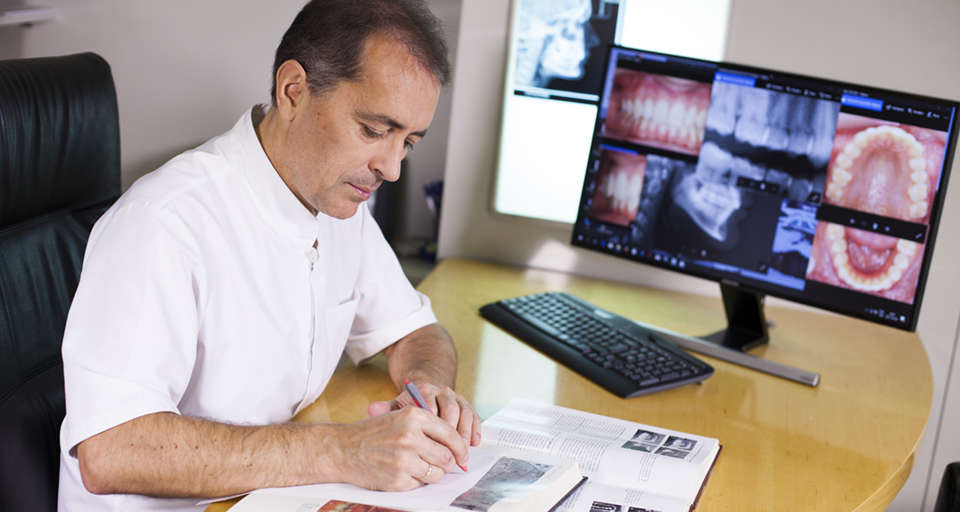An anatomical subunit-based outcome assessment scale for bilateral cleft lip and palate.
Written by admin on August 8, 2017
Int J Oral Maxillofac Surg. 2017 Aug;46(8):988-992. doi: 10.1016/j.ijom.2017.03.021. Epub 2017 Apr 10.
Bonanthaya K(1), Shetty PN(2), Fudalej PS(3), Rao DD(2), Bitra S(2), Pabari
M(4), Rachwalski M(5).
Author information:
(1)Department of Oral and Maxillofacial Surgery, Bangalore Institute of Dental Sciences, Bangalore, India; Smile Train Cleft Palate Centre, Department of Oral and Maxillofacial Surgery, Bhagwan Mahaveer Jain Hospital, Bangalore, India.
(2)Smile Train Cleft Palate Centre, Department of Oral and Maxillofacial Surgery, Bhagwan Mahaveer Jain Hospital, Bangalore, India.
(3)Institute of Dentistry and Oral Sciences, Faculty of Medicine and Dentistry, Palacky University of Olomouc, Olomouc, Czech Republic; Department of Orthodontics and Dentofacial Orthopaedics, School of Dental Medicine, University of Bern, Bern, Switzerland.
(4)Smile Train Cleft Palate Centre, Department of Oral and Maxillofacial Surgery, Bhagwan Mahaveer Jain Hospital, Bangalore, India. Electronic address: mansipabari@gmail.com.
(5)National Reference Center for Cleft Lip and Palate, Department of Maxillofacial and Plastic Surgery, Hôpital Universitaire Necker-Enfants Malades, Paris, France.
As there is currently no internationally accepted outcome measurement tool
available for complete bilateral cleft lip and palate (CBCLP), the goal of this
prospective study was to develop a numerical evaluation scale that allows
reliable scoring of this cleft deformity. Our cohort comprised 121 Indian
subjects with CBCLP who underwent surgical repair (mean age at time of surgery
6.53 months) using a modified Millard technique. A panel of three professionals
evaluated each subject’s outcome of bilateral cleft lip repair 6 months
postoperatively on two-dimensional (2D) full-face photographs in the frontal
view and worm’s eye view. A simple two-point rating system was applied to
separately analyse a total of 12 components of lip, nose, and scar. The results
and mean scores for the analysed anatomical areas were 2.2±1.01 (max=3) for
nose, 5.4±1.54 (max=8) for lip, and 1.9±1.3 (max=3) for scar, with a total score
7.7±2.21 (max=12) indicating a good surgical outcome. The inter-examiner ICC for
nose, lip, scar, and total score was calculated at 0.836, 0.889, 0.723, and
0.927 respectively and indicated a strong level of repeatability and reliability
that was highly significant (P<0.001). In conclusion, we were able to develop
and test a scoring system for measuring outcomes in CBCLP that warrants
simplicity of use, reliability and reproducibility.
Copyright © 2017 International Association of Oral and Maxillofacial Surgeons.
Published by Elsevier Ltd. All rights reserved.
DOI: 10.1016/j.ijom.2017.03.021
PMID: 28408147 [Indexed for MEDLINE]




